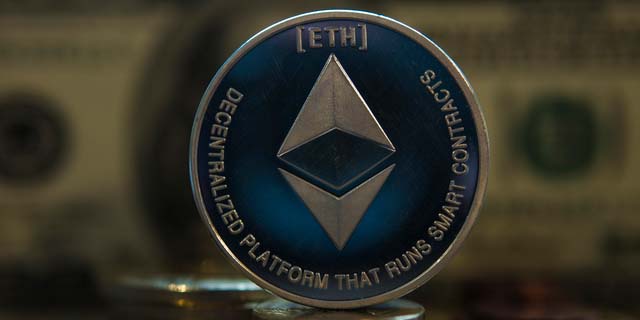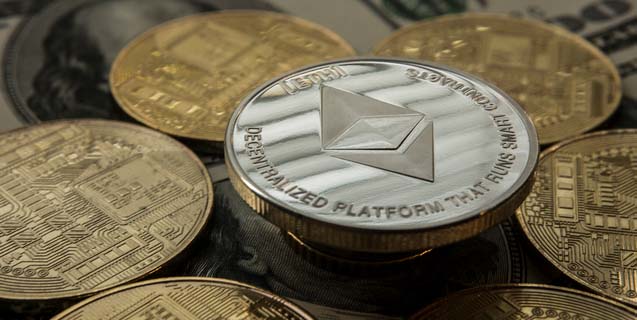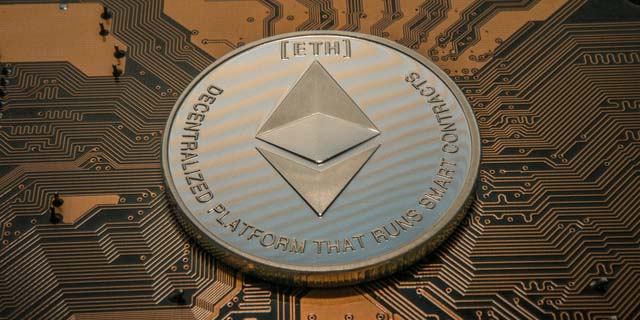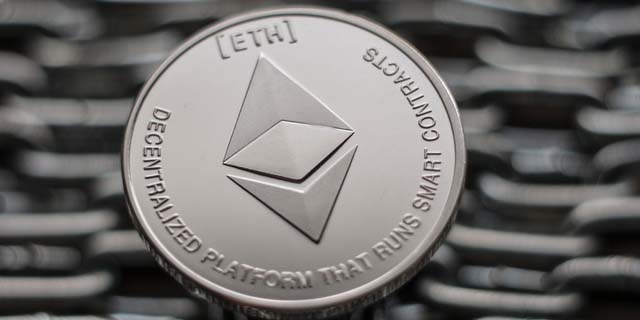
Ethereum 2.0, also known as Eth2 or Serenity, represents a significant upgrade to the Ethereum blockchain, aimed at improving its scalability, security, and sustainability. The transition began in December 2020 with the launch of the Beacon Chain, which introduced proof-of-stake (PoS) consensus, allowing validators to secure the network by staking their Ether rather than relying on energy-intensive mining. This marked a shift from Ethereum's original proof-of-work (PoW) model. Over the following years, various phases were rolled out, including the merging of the existing Ethereum mainnet with the Beacon Chain, culminating in the full implementation of PoS. The upgrade is designed to enhance transaction throughput and reduce energy consumption, positioning Ethereum as a more environmentally friendly and efficient platform for decentralized applications and smart contracts. **Brief Answer:** Ethereum 2.0 is an upgrade to the Ethereum blockchain that began with the Beacon Chain's launch in December 2020, transitioning from proof-of-work to proof-of-stake to improve scalability, security, and sustainability.
Ethereum 2.0, also known as Eth2 or Serenity, introduces several advantages and disadvantages that impact its ecosystem. One of the primary advantages is the transition from a proof-of-work (PoW) to a proof-of-stake (PoS) consensus mechanism, which significantly enhances energy efficiency and scalability, allowing for faster transaction processing and reduced environmental impact. Additionally, Ethereum 2.0 aims to improve security and decentralization through shard chains, which distribute the network's load. However, there are notable disadvantages, including the complexity of the upgrade process, which may lead to potential bugs or vulnerabilities during the transition. Furthermore, the shift to PoS raises concerns about wealth concentration, as those with more Ether can stake larger amounts, potentially leading to centralization over time. Overall, while Ethereum 2.0 promises significant improvements, it also presents challenges that need careful consideration.


Ethereum 2.0, aimed at enhancing the scalability, security, and sustainability of the Ethereum network, faces several challenges in its transition from a proof-of-work to a proof-of-stake consensus mechanism. One significant challenge is ensuring a smooth migration for existing users and applications without disrupting the current ecosystem. Additionally, the complexity of implementing sharding—a key feature designed to improve transaction throughput—poses technical hurdles that could delay deployment. There are also concerns regarding the centralization of staking, as wealthier participants may dominate the validation process, undermining the decentralized ethos of the network. Lastly, ongoing competition from other blockchain platforms that offer similar or superior functionalities adds pressure on Ethereum to deliver on its promises. **Brief Answer:** The challenges of Ethereum 2.0 include ensuring a seamless migration for users, overcoming technical complexities related to sharding, addressing potential centralization in staking, and competing with other blockchain platforms.


Finding talent or assistance related to Ethereum 2.0 can be crucial for developers, businesses, and enthusiasts looking to navigate the complexities of this next-generation blockchain upgrade. As Ethereum transitions from a proof-of-work to a proof-of-stake consensus mechanism, the demand for skilled professionals who understand the intricacies of this shift is on the rise. To locate talent, one can explore platforms like GitHub, LinkedIn, and specialized job boards focused on blockchain technology. Additionally, engaging with online communities such as Discord channels, Reddit forums, and attending Ethereum-focused conferences can provide valuable networking opportunities. For those seeking help, numerous educational resources, tutorials, and consulting firms are available to guide individuals and organizations through the nuances of Ethereum 2.0. **Brief Answer:** To find talent or help with Ethereum 2.0, utilize platforms like GitHub and LinkedIn, engage in blockchain communities, and explore educational resources and consulting firms specializing in Ethereum.
Easiio stands at the forefront of technological innovation, offering a comprehensive suite of software development services tailored to meet the demands of today's digital landscape. Our expertise spans across advanced domains such as Machine Learning, Neural Networks, Blockchain, Cryptocurrency, Large Language Model (LLM) applications, and sophisticated algorithms. By leveraging these cutting-edge technologies, Easiio crafts bespoke solutions that drive business success and efficiency. To explore our offerings or to initiate a service request, we invite you to visit our software development page.




TEL:866-460-7666
EMAIL:contact@easiio.com